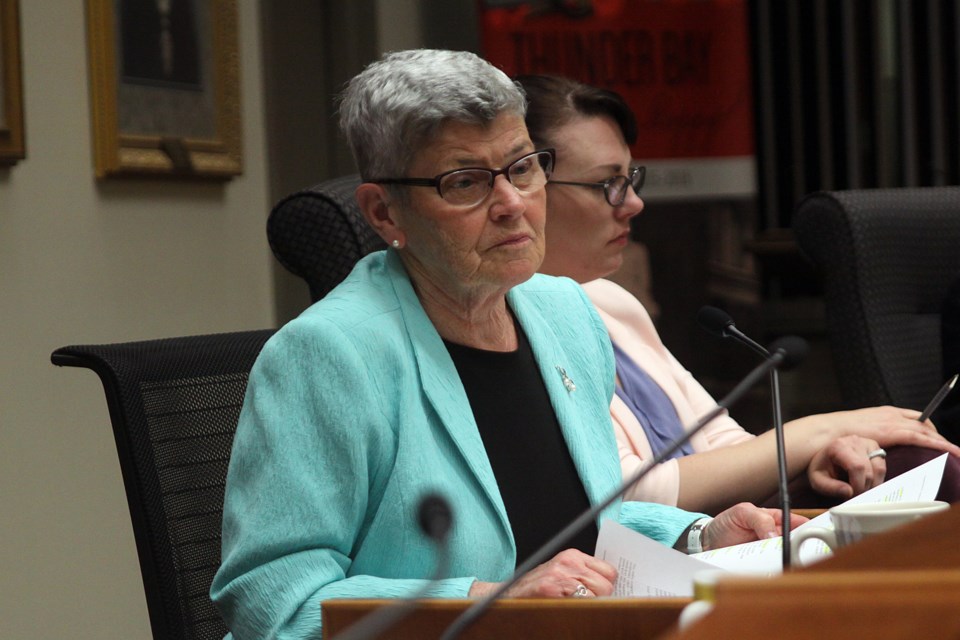THUNDER BAY – Residential taxpayers are saddled with paying nearly 63 per cent of this year’s municipal tax levy, continuing an inclining trend from the 49.5 per cent they were responsible for in 1999.
Thunder Bay city council on Monday night set the city’s tax ratios for 2018, which results in a 2.43 per cent increase for residential property owners. The rate increase for each residential property differs depending on its individual assessed value.
City revenue director Rob Colquhoun said the median household, with an assessed property value of $199,000, would pay $66.95 more in property taxes this year, bringing the total to $3,258.
Since 1999, the city’s tax levy has nearly doubled from $95.9 million to $188 million this year. Over the course of those two decades, the large industrial’s share of the levy has dramatically dipped from nearly 12 per cent in 1999 to 1.75 per cent in 2018.
As well, a provincially imposed tax burden is in effect for the city’s multi-residential class, requiring the amount of the levy increase from those properties to be redistributed to other classes. That freeze is designed to force the multi-residential tax ratio down to two per cent from the current 2.42 per cent.
There are similar levy restrictions on municipal tax increases on commercial and industrial properties because the city’s ratios exceed provincial thresholds.
The policy approved by council followed administration’s recommendation to implement revenue neutral tax ratios, which maintain the same distribution of municipal property taxes among classes. That policy keeps the residential below the 2.78 per cent increase that would have been in place using a strategy of starting ratios.
“Every option that is available has been taken to mitigate the shift onto residential. Despite that, there is still going to be an ongoing shift onto residential,” Colquhoun said. “A lot more could be shifted onto residential if council were to so choose.”
Council also approved directing the city’s $5.6 million tax-supported surplus from 2017 into reserve funds. The majority – $3.1 million – will be transferred to the Renew Thunder Bay fund while $1.1 million will go into the stabilization reserve fund to replenish the amount used during budget deliberations to offset the levy hike while the remainder will be divided between the insurance and legal fees reserve funds.
While many councillors commended administration and said the surplus is good news, Coun. Rebecca Johnson said she doesn’t want to see a $5.6 million variance every year.
“Are we really budgeting properly?” Johnson asked. “To me, that’s a lot of money that we can have at the end of the year regardless of where it comes from. That says to me we’re not really budgeting properly.”
City treasurer Linda Evans said the final surplus doubled from the third quarter projection of $2.8 million due to higher than forecasted revenues from taxation, penalties and interest, casino revenue and interest income, as well as departmental savings, lower overtime costs, staff turnover and corporate energy savings.
“These are expenses or higher revenues that are very difficult to forecast. They fluctuate often from year to year depending on a number of factors,” Evans said. “The review concluded the majority of that $5.6 million in surplus really related to one-time items and were transferrable to out years.”
